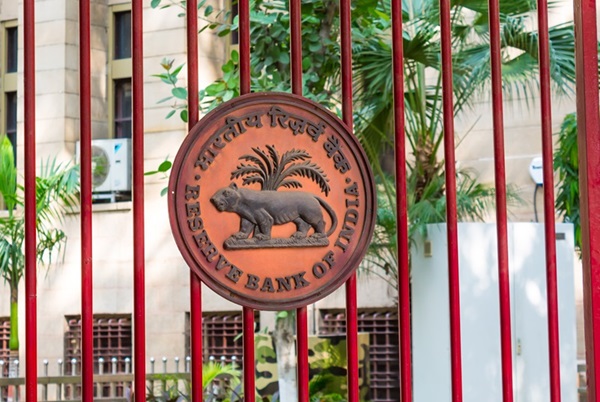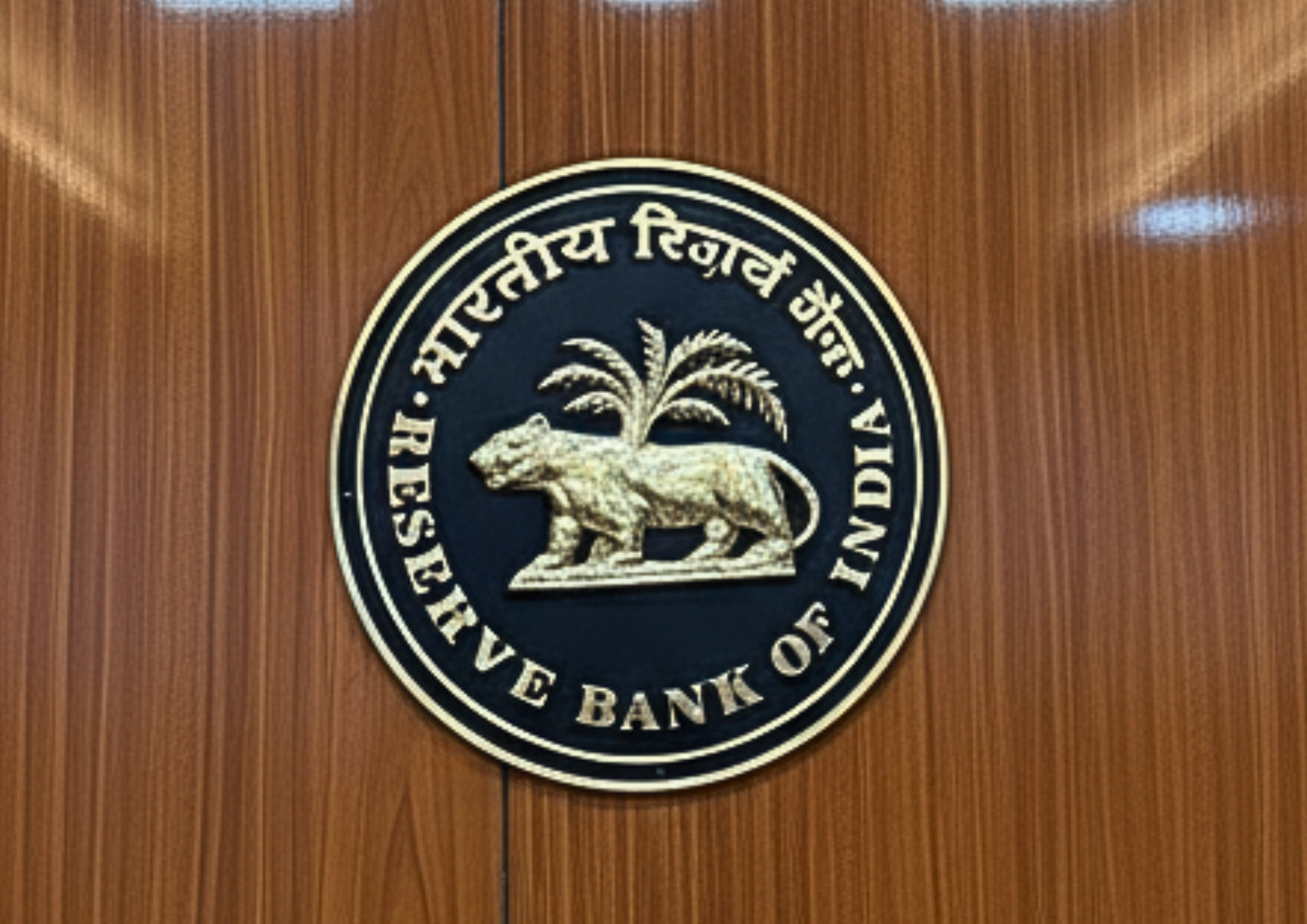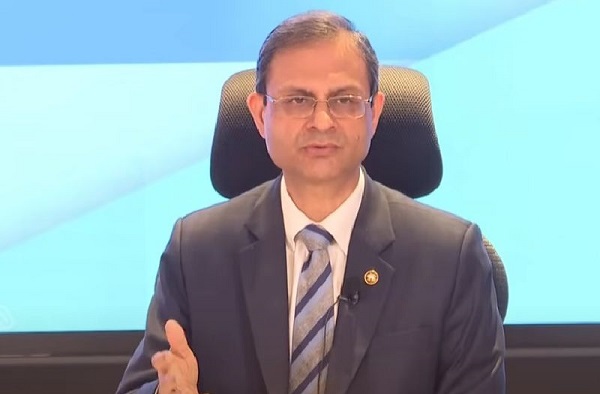.png)
MPC’s New Voice Speaks the Old Grammar of Caution
Indranil Bhattacharyya’s debut echoes the RBI’s old grammar of caution—clear in logic, yet padded with the rhetorical crutches it didn’t need.


Groupthink is the House View of BasisPoint’s in-house columnists.
October 17, 2025 at 1:19 PM IST
Reserve Bank of India Executive Director Indranil Bhattacharyya’s first statement as a voting member of the Monetary Policy Committee carried all the hallmarks of an RBI insider: technically sound, institutionally cautious, and carefully worded to signal continuity more than conviction. His vote to pause, despite sharp disinflation and robust growth, felt less like an individual judgment and more like the system reaffirming its instinct for restraint.
The October minutes showed broad caution across the MPC, but Bhattacharyya’s debut distilled it into a structured defence of patience and credibility, and in doing so, it also revealed how self-conscious that caution has become.
He built his argument on a strong foundation.
Growth, he noted, remained buoyant, with GDP expanding at 7.8% in the first quarter and high-frequency indicators suggesting resilience. Inflation had fallen dramatically from 6.2% to 1.6% within ten months, largely because of the collapse in food prices. Yet he read this not as an invitation to act, but as a warning to wait.
His logic was internally consistent: the current disinflation was transitory, the growth outlook was subject to uncertainty, and previous policy actions were still in transmission.
By itself, this structure was solid. What diluted its strength was the scaffolding around it: surplus caution, the layered justifications, and the impulse to over-explain a pause that needed no apology.
Bhattacharyya’s defence of a pause leaned on too many props.
Each of his core arguments was sound, but each was surrounded by rhetorical padding that blunted its force. His claim that a rate cut might be “wasted” because of lingering transmission lags was persuasive enough. Yet he reinforced it by arguing that the market did not expect a rate cut and that, surprisingly, it could damage policy credibility.
That argument reversed the logic—policy seemed to follow sentiment instead of shaping it, turning caution into compliance. It raised a deeper question: should credibility come from aligning with market expectations, or from acting with conviction based on evidence?
The reference to the June “bazooka” episode showed that he was keenly aware of the communication scars left by that surprise move. A rate cut that failed to transmit effectively had, in his mind, proved that monetary ammunition could be squandered. His caution this time was therefore reactive, shaped by the memory of unintended market consequences rather than by forward-looking confidence. In effect, the pause became less a data-driven judgment and more an act of institutional self-protection.
Two-Way Operations
He concluded that monetary policy should remain nimble and agile in conducting monetary operations while avoiding strong signals that might constrain future choices. The intention was to protect the RBI’s communicative credibility. Yet in practice, this produced a stance that seemed more about avoiding misinterpretation than about steering expectations. His invocation of the former Federal Reserve chairman’s line, that monetary policy is mostly talk and little action, summed up this mindset. It revealed a central banker more concerned with words than outcomes, and with optics more than initiative.
In that light, the RBI Executive Director’s reference to “two-way market operations” may be about liquidity management, not to the prospect of rate hikes (or cuts) possible under a neutral stance. One can be certain that the Bank’s own models do not envisage rate increases in the current configuration of growth and inflation.
Deputy Governor Poonam Gupta, in contrast, conveyed almost the same message with greater simplicity and self-assurance. Her reasoning was similar, touching on transmission lags, policy space, and global uncertainty, yet she presented it with economy and poise. Where Bhattacharyya felt compelled to furnish multiple layers of logic and support for his position, Gupta relied on clarity and conviction. Both reached the same conclusion, yet hers read like a decision anchored in confidence, while his read like a justification constructed from caution.
For a first outing, Bhattacharyya’s statement was disciplined, thoughtful, and institutionally faithful. It was also revealing. Beneath the structured analysis lay a quiet admission that the RBI is still recovering from the communicative overreach of earlier policies. His debut showed the strength of an analyst and the hesitation of an insider, solid in logic, but weakened by reasoning.
Perhaps it is only natural that those new to a role err on the side of explaining themselves a little more.
The strength of his reasoning showed how deeply the Bank’s conservative ethos endures. The layering of the justification showed how much it now leans on communication as a shield. The RBI’s newest voice speaks its oldest language: the grammar of caution, fluent and familiar, yet not without fatigue.



